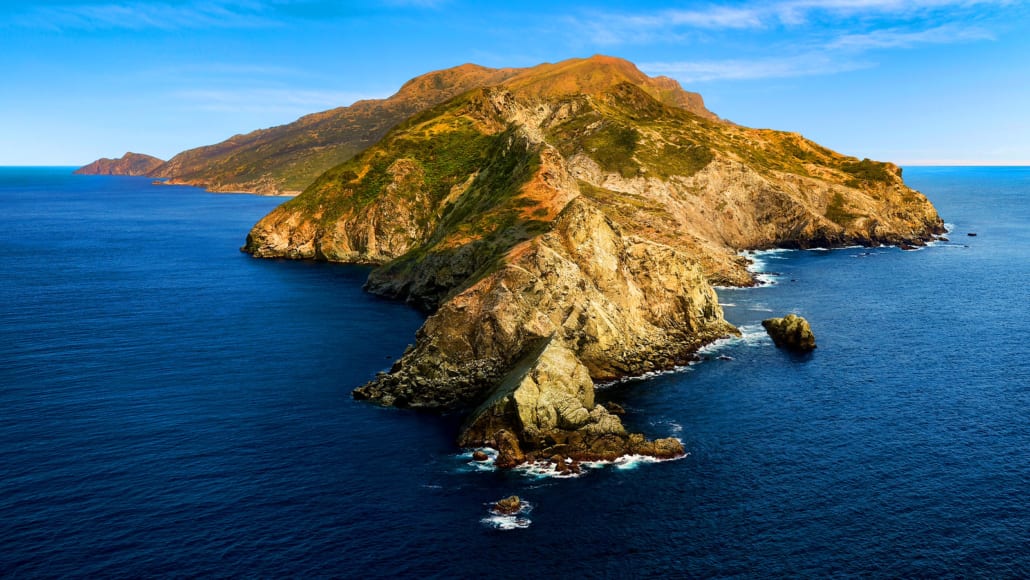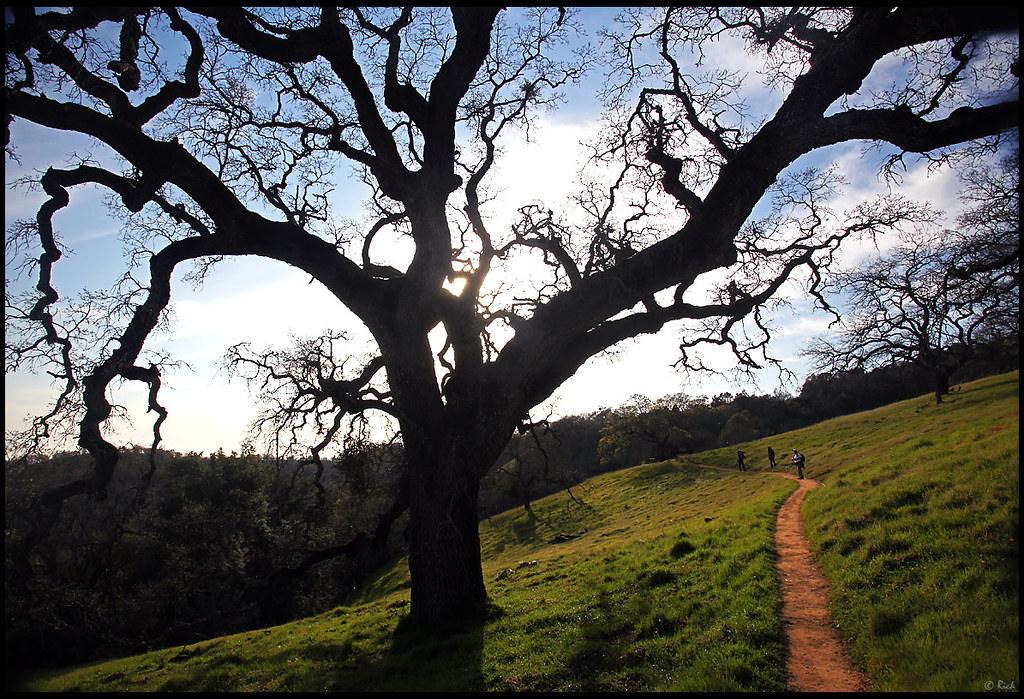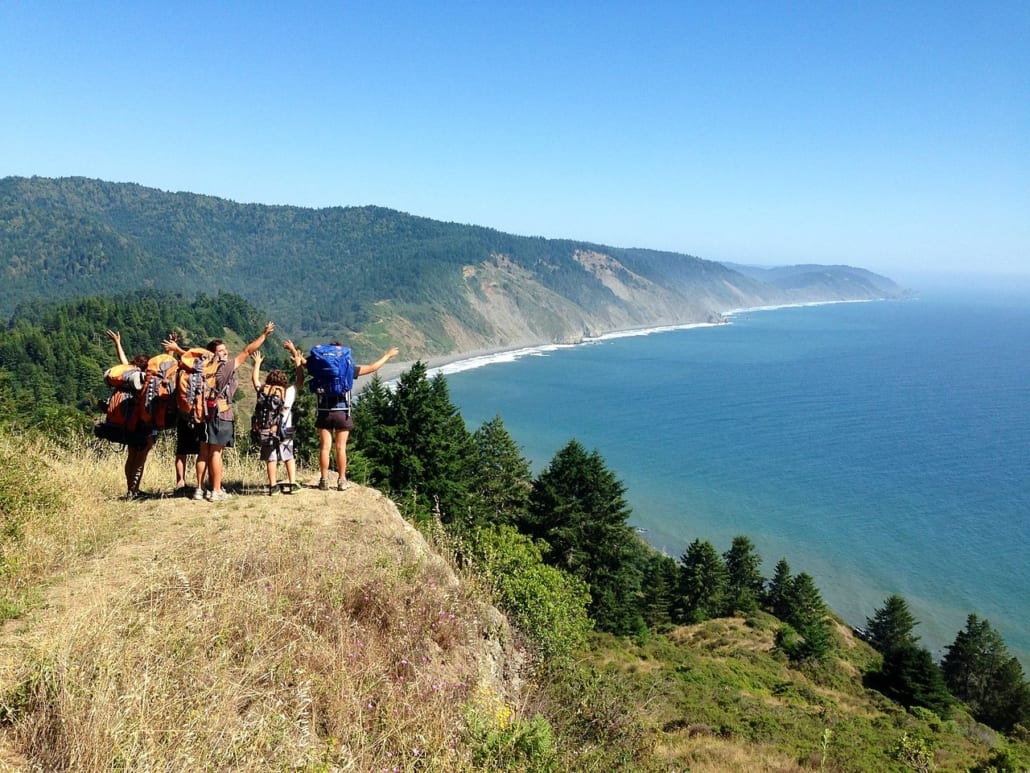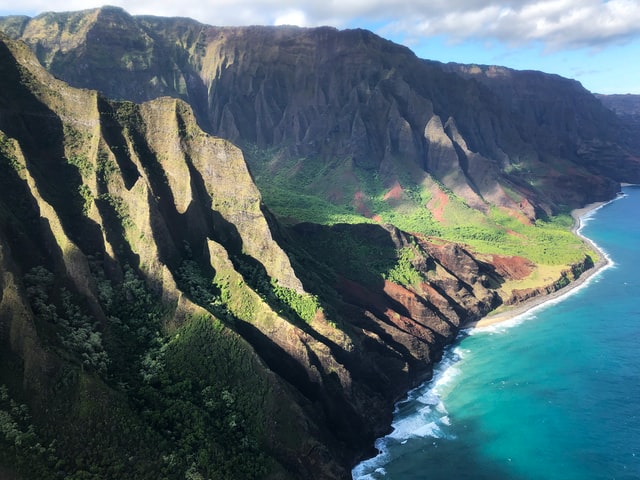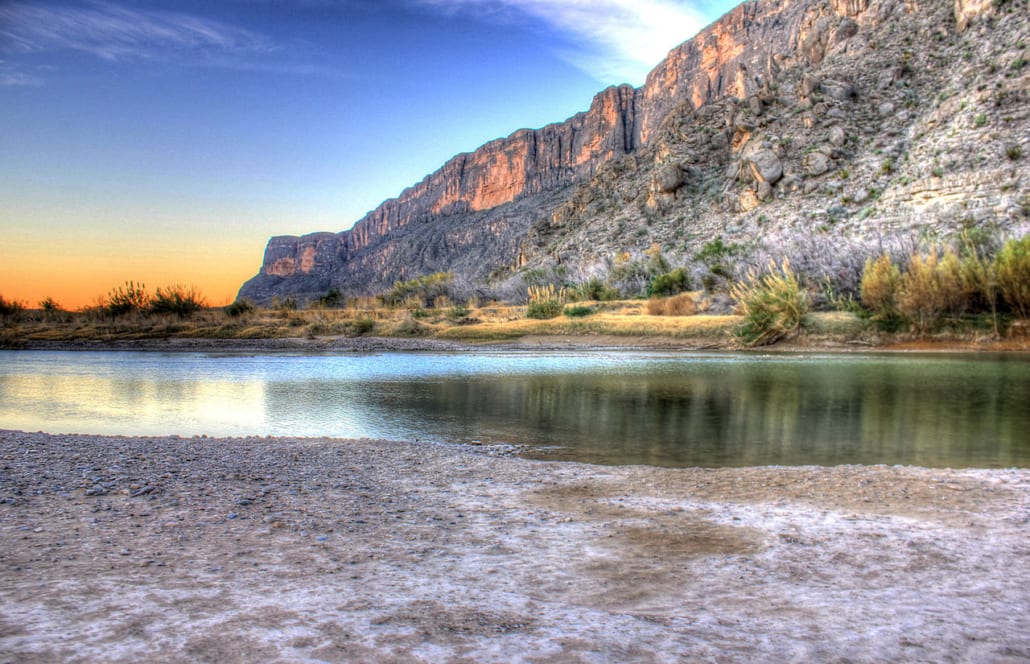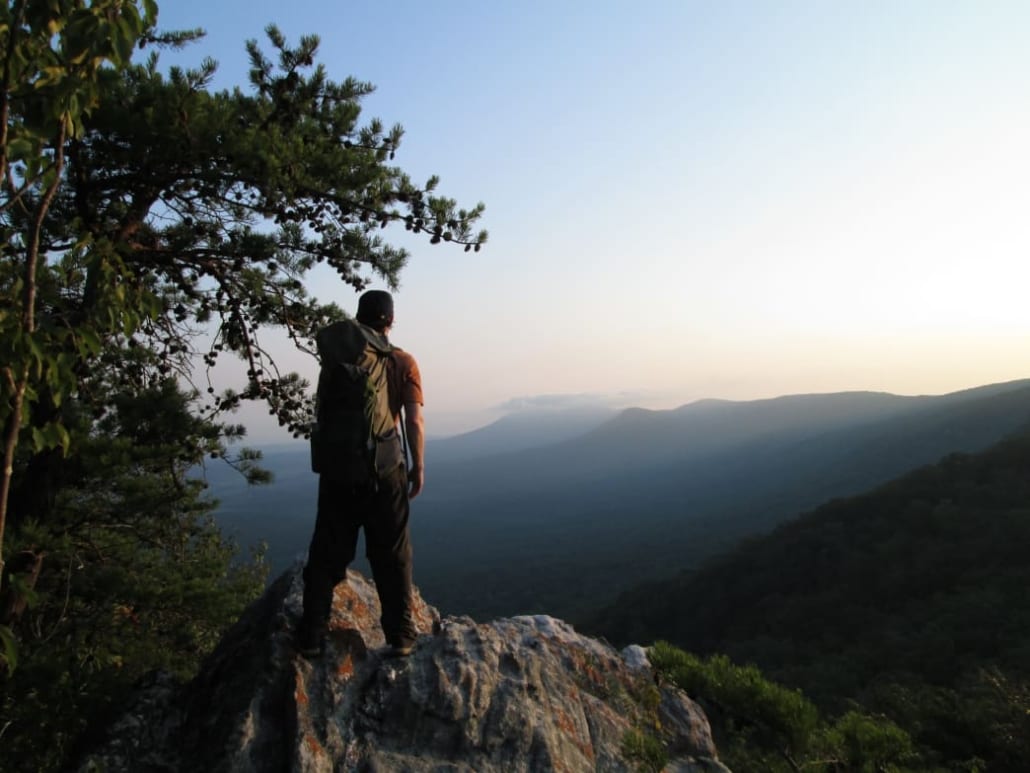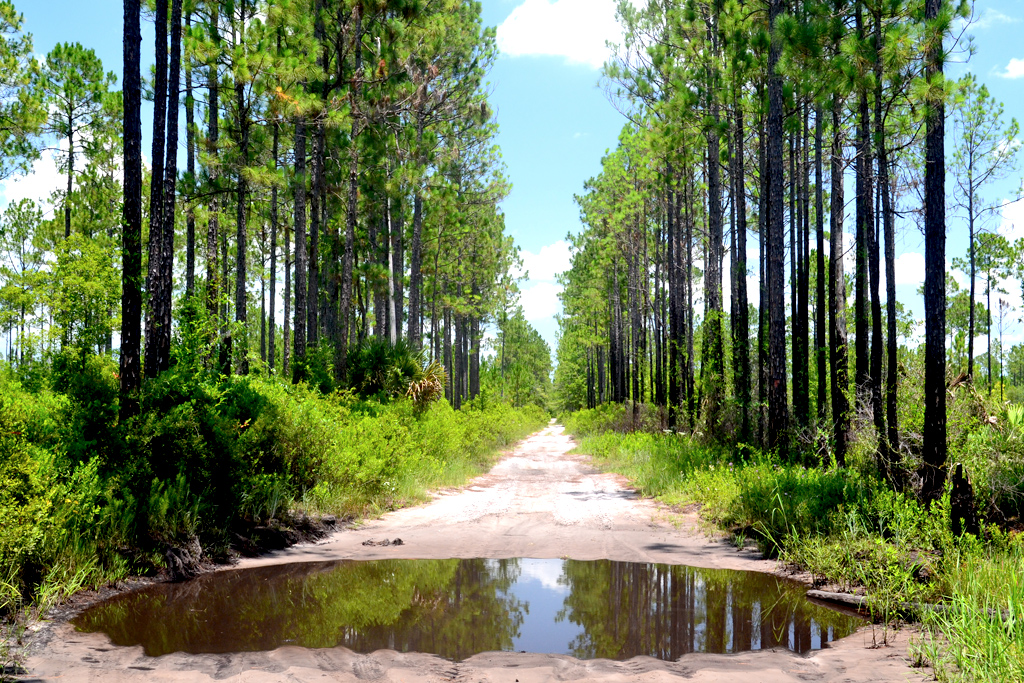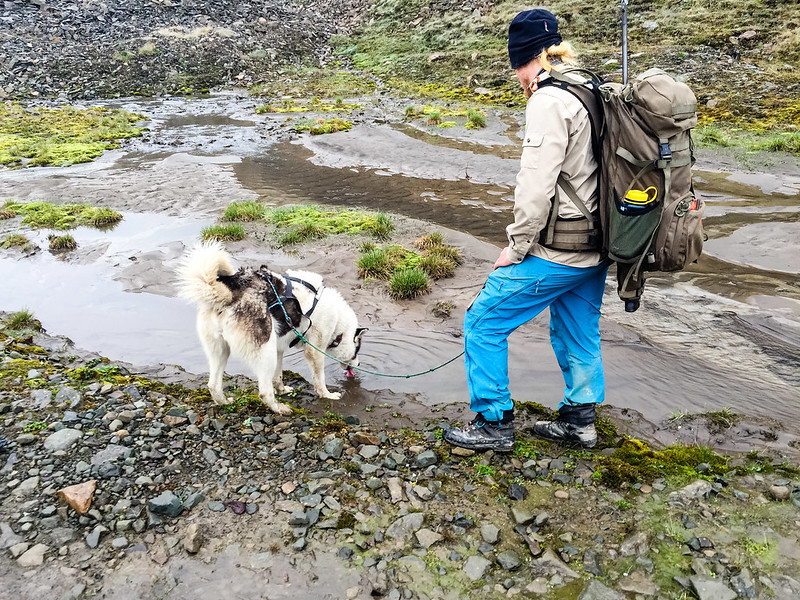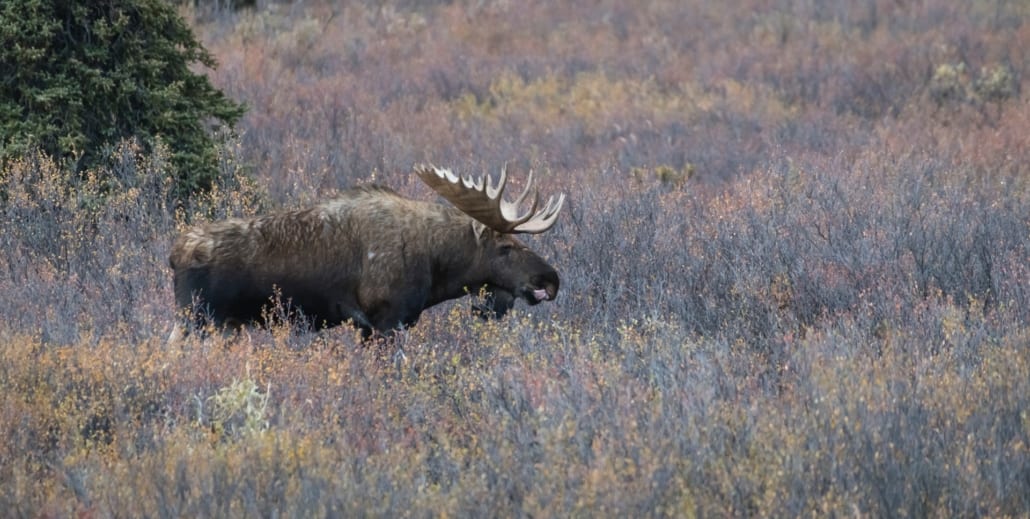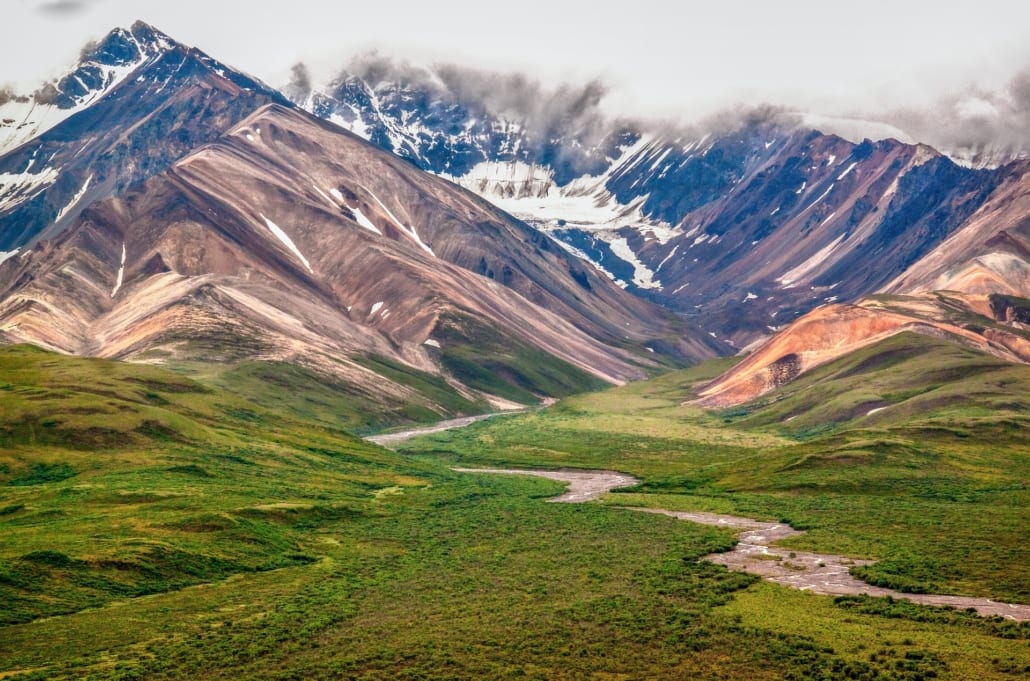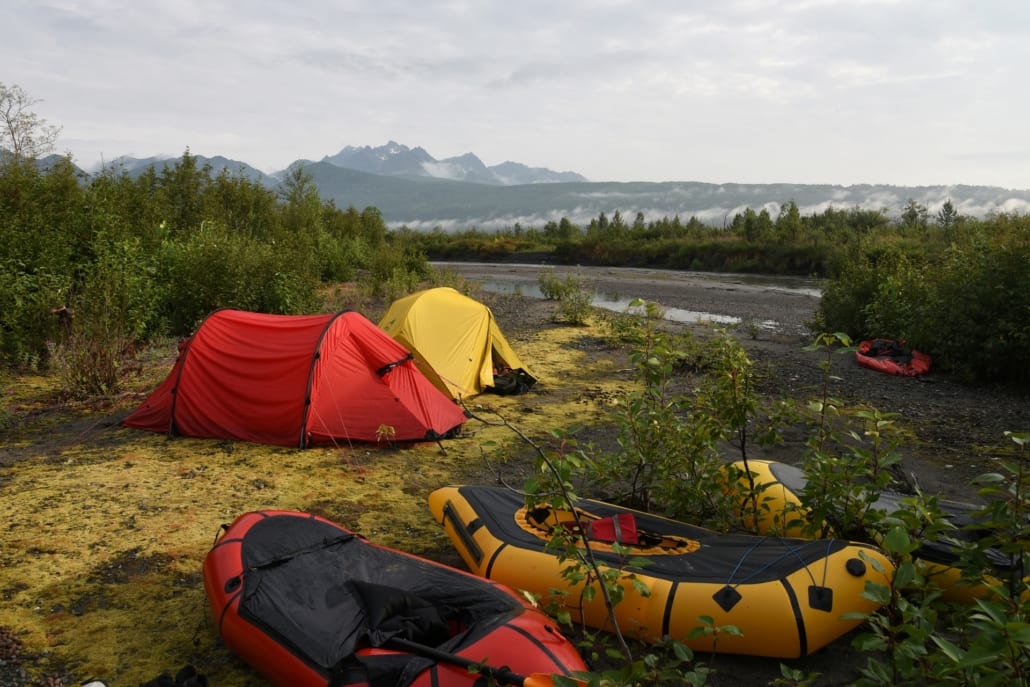When traveling in Uganda, there is a myriad of options when deciding how to spend your weekend, vacation, honeymoon, or holiday. One activity that will allow you to stay fit while experiencing the beautiful landscape of the country is hiking in Uganda.
The geography of Uganda features numerous hills and mountains as well as low lands with good hiking areas.
Each of these locations offers different experiences, so depending on your preference, there are vast choices in terms of elevation, the ruggedness of the trail, and the surrounding wildlife and plant life.
To ensure you have a great hiking experience in Uganda, be sure to get the AllTrails app before you go. The app has an extensive list of the best hiking trails in Uganda, with reviews from other hikers to keep you up to date on the latest trail conditions. You can filter by trail difficulty, length, and suitability and download trail maps to help keep you on track even when you’re offline.
Whether you want to explore challenging and beautiful landscapes of the mountains, want to catch sight of wildlife, or just want to meander through plains, hills, and forests, there are hikes in Uganda that will suit all levels and age groups.
Uganda is an amazing country where you can explore the great outdoors, so if you are thinking about exploring the country on foot, or want to learn about its history, beliefs, and cultures, dive into our list of the best places for hiking in Uganda.
Rwenzori Mountains
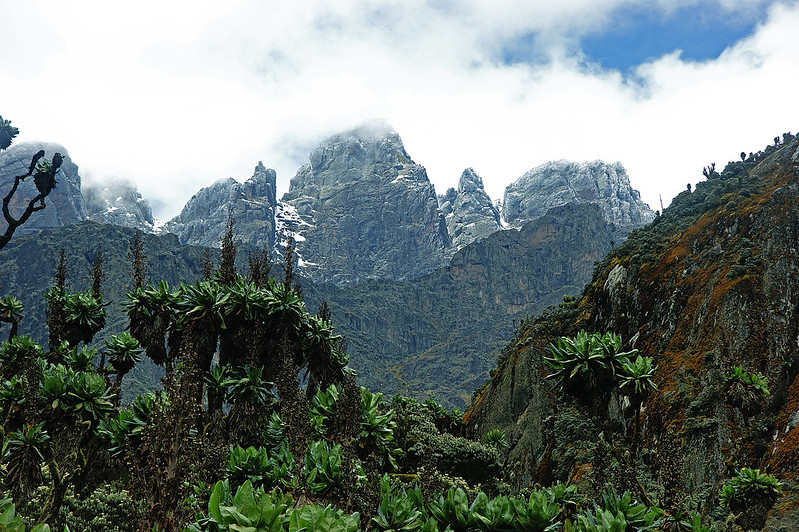
Discover the Rwenzori Mountains, one of the best spots for hiking in Uganda
The famed “mountains of the moon” are a worthy place to visit, this has the highest peak in Uganda and is usually covered in snow throughout the year. In fact, the snowmelt is the source of rivers and waterfalls in the Rwenzori area.
The Rwenzori Mountain range is one of the best places for hiking in Uganda, and there are several trails through which a ranger guide leads hikers through different vegetation at different heights in the mountain.
It takes about 8-10 days to reach the apex of the mountain, where there’s stunning snow almost year-round. If you don’t have as much time, there are other peaks in the mountain range that take fewer days to ascend.
Most of this mountain region is covered in forests and serves as a home to primates like baboons, monkeys, reptiles, and a variety of birds. As you climb the impressive peaks, you will be able to catch amazing views of rocky cliffs, vast valleys, and towns in the foothills below.
Bwindi Impenetrable Park
Bwindi is a famous destination because of Uganda’s prime tourist activity, Gorilla trekking. It’s possible to do hikes both within and outside the park.
The most famous hike in Bwindi Impenetrable Park is one that goes through the forest to Lake Mutanda, where you can encounter residents of the forest like chimps, gorillas, and a wide variety of birds.
Another famous trail here is the Batwa Trail. The Batwa are the original inhabitants of the Bwindi forest, and they lived there until they were evicted when the forest was transformed into a national park.
While inhabiting the forest, they lived sustainably as hunter-gatherers and never destroyed their surroundings for farming purposes. The cultural values and ways of these people have been kept alive by conducting cultural hikes through the forests to the places where they once lived.
Mabira Forest
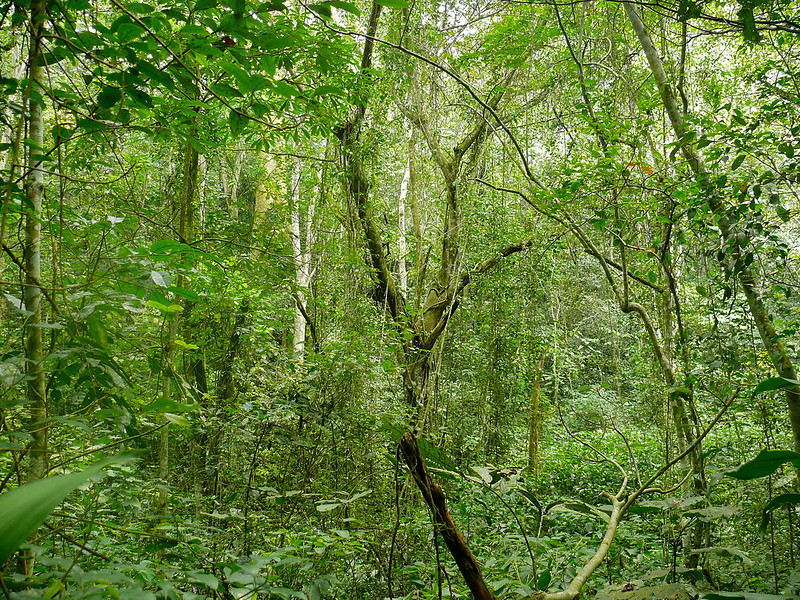
Discover untouched nature in the Mabira Forest Reserve
Mabira is located along the Kampala Jinja highway and is home to a variety of birds and primates among other wildlife.
There are a couple of trails that take you to the innermost parts of the forest, some of these are covered with a canopy where nearly all sunlight is blocked by the thick vegetation. Along with forest hikes, you can also partake in other activities like zip-lining and tree climbing.
This rain forest is well known for being the only place in the country that harbors the rare Gray Cheeked Mangabey; an old-world monkey that dwells in trees and is closely related to the baboon family.
There are three habituated groups in the forest that can be easily tracked with the help of guides. The forest is also home to other species of monkey, like the red-tailed monkey among others.
Kibale forest, the Primate Capital of the world
The Kibale Forest is famed for its great number of primates, including chimps, baboons, and a couple of different species of monkeys. The trails here go through Bigodi Swamp, the top of the world hike where you can view a vast area of the region as well as the nocturnal forest walk.
Not far from the forest is Fort Portal town, famed as the “Tourism city of Uganda” where you can enjoy a smooth hike to Amabeere Caves and Nyakasura Caves that have a long-standing history in the area.
Once you hike to the top of the hills, you’ll be able to enjoy spectacular views of the crater lakes that make the region so beautiful.
Mount Morungole
Mount Morungole is one of the most thrilling places for hiking in Uganda and even the world.
The trail here leads you to places where the Ik people live, the only way to meet these indigenous people in their village just outside one of the most beautiful wildernesses in Africa, Kidepo Valley National Park in northeastern Uganda.
If you desire to hike in isolated places where you are immersed in wilderness trails, then this is the best hike to go for in Uganda.
Mount Elgon
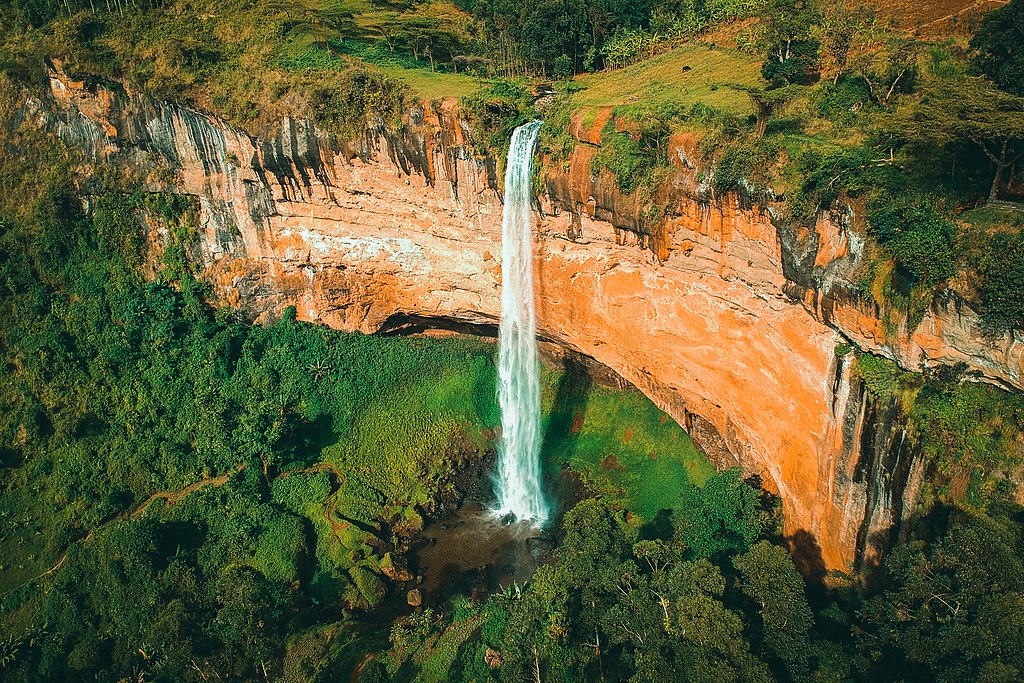
Sipi Falls near Mount Elgon
Mountain Elgon is the largest solitary extinct volcanic mountain in East Africa. Atop the mountain, you’ll find a collapsed crater caldera which covers more than 40 kilometers at the summit is the largest known natural crater.
It is not very steep and can be climbed even by people who do not have much hiking expertise. Trails here lead past caves, viewpoints, and waterfalls.
Also in the area, you can visit Sipi Falls that can be reached after hiking through some plantations. Hike to the top of the falls for the thrilling experience of seeing the water cascade over the rocks.
Murchison Falls National Park
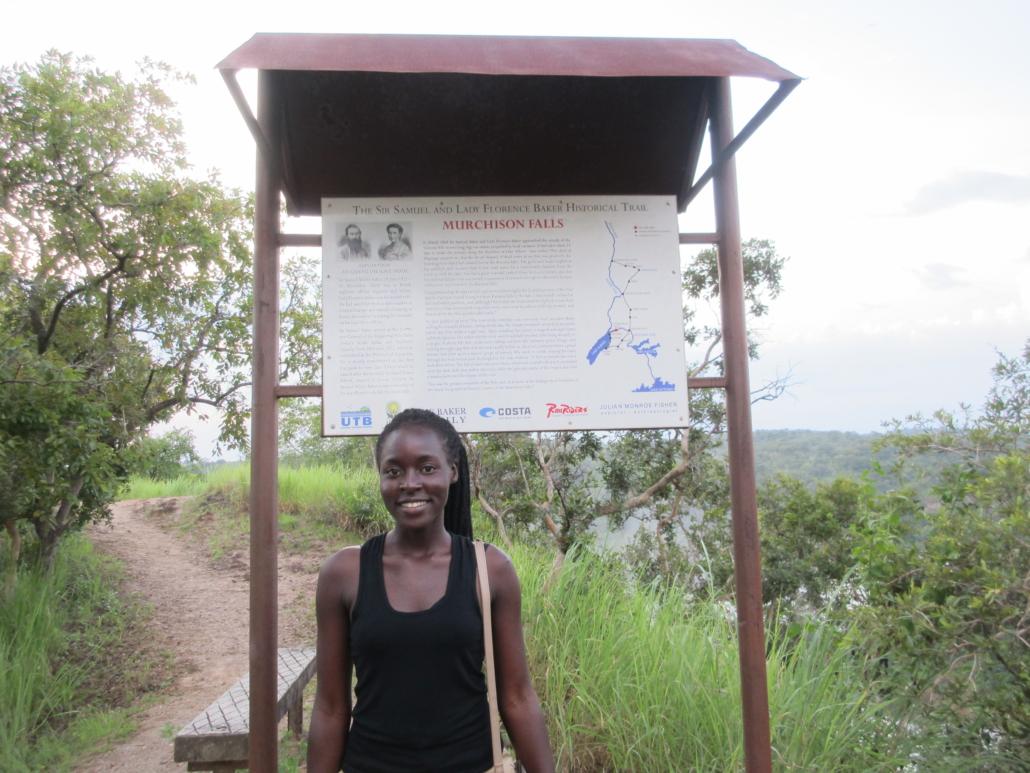
Top of the Falls hike in the Murchison Falls National Park
Murchison Falls is a waterfall along the mighty River Nile where the Victoria Nile breaks and forces its way through a seven-meter gorge, toppling 43 meters below.
There are various trails to choose from while in the park, the most famous hike leads right to the top of the falls. Other trails are located in forests surrounding the Park, like Budongo and Rabongo. Wildlife sightings here include chimps, birds, monkeys, and baboons among others.
West Nile
The West Nile is the region that is located west of the river Nile in Northern Uganda. The Nile acts as a major border of this region from the rest of the country. The region has its own gems and attractions that make it unique from the rest of Northern Uganda.
Mount Wati is the highest mountain in West Nile, standing at approximately 1250 meters above sea level. Surrounding the mountains, you’ll find the Offude Hills.
This is not just an ordinary mountain but rather a place where mysteries unfold as it is also said to be central to the ancestry of the local Lugbara people.
Fascinating stories are told of this mountain and spending time in this region, you will get to experience a mix of cultural, traditional, and spiritual adventurism in the ancestral world.
Queen Elizabeth National Park
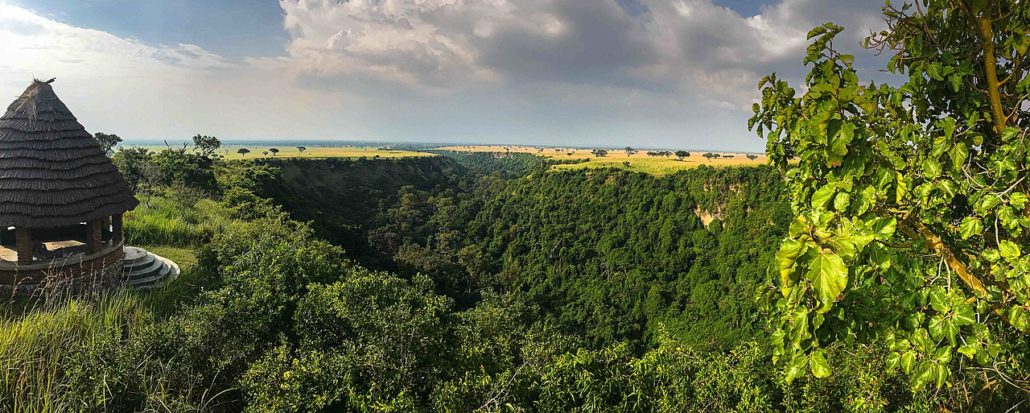
Take to the trails in Kyambura Gorge in Western Uganda
This is a region in Uganda with a couple of trails to choose from. The most popular option is The Kyambura George exploration, where you hike and have the opportunity to view chimps in their natural habitat.
Another interesting hike is to explore the Maramagambo Forest, which covers part of the park from Kichwamba escarpment to Lake Edward. The other trails are in the Mweya Peninsula where you can do a Banded Mongoose research hike and the Ishasha river hiking trail that takes you along the river in the Ishasha sector.
Cycad Village Trail
The Cycad Village Trail is a new trail located along Mpanga River Gorge in Kitagwenda district in western Uganda. The village is named after the local cycad, a pre-historic plant species that is believed to date back to the dinosaur age.
Closely related (yet completely different from) palm trees, the large plant is unique for its beautiful appearance and the pleasant aroma of its fruits, which penetrate the entire region. The trail is still under development, but it is still possible to hike in this region to view this beautiful village.
These are what we consider as the best areas for hiking in Uganda, though there are a couple of other good trails not included in this list. Trips to any of these can be organized by Ssamba Safaris. If you want to learn more about Uganda, check out our guide to backpacking in Uganda.

